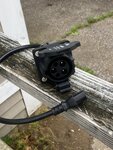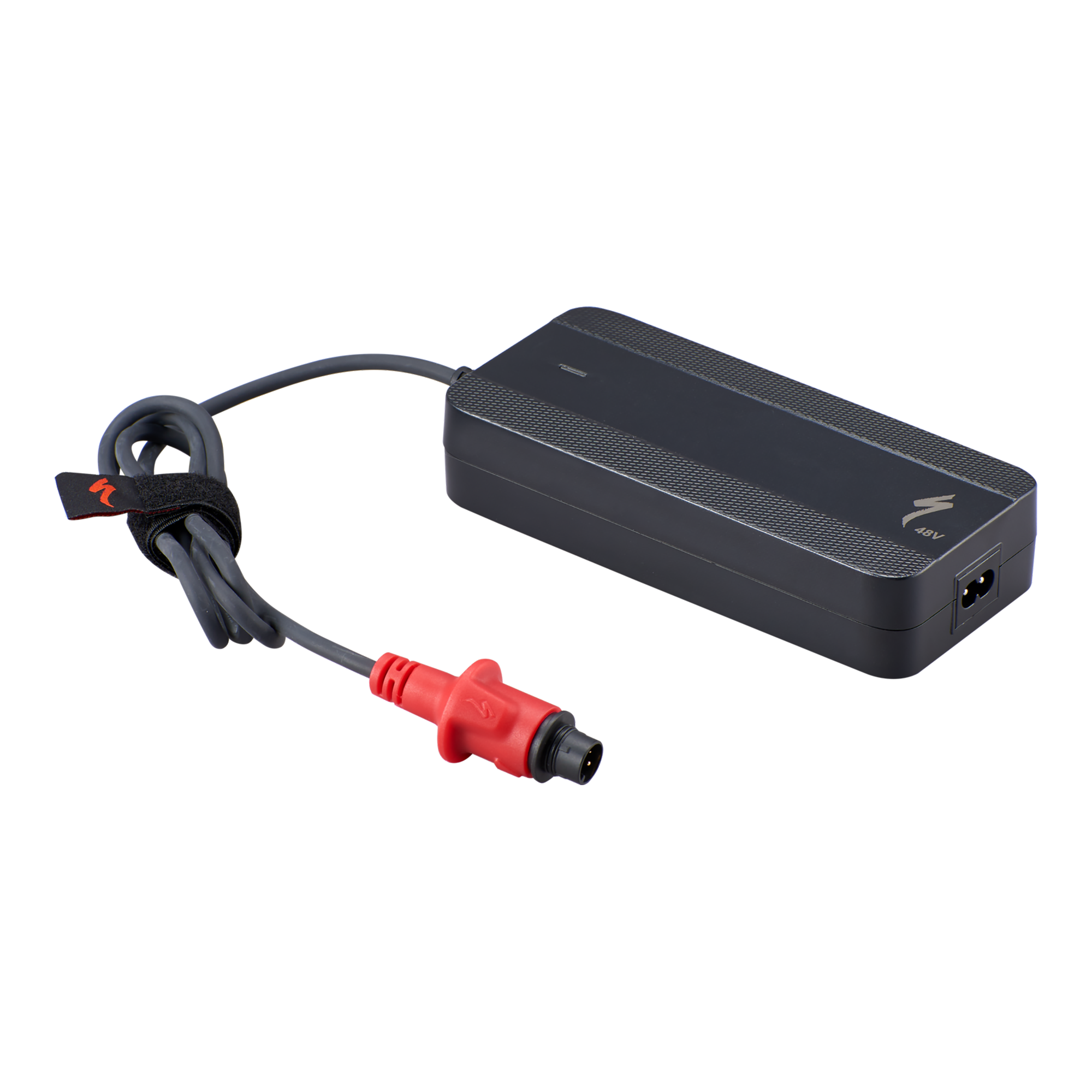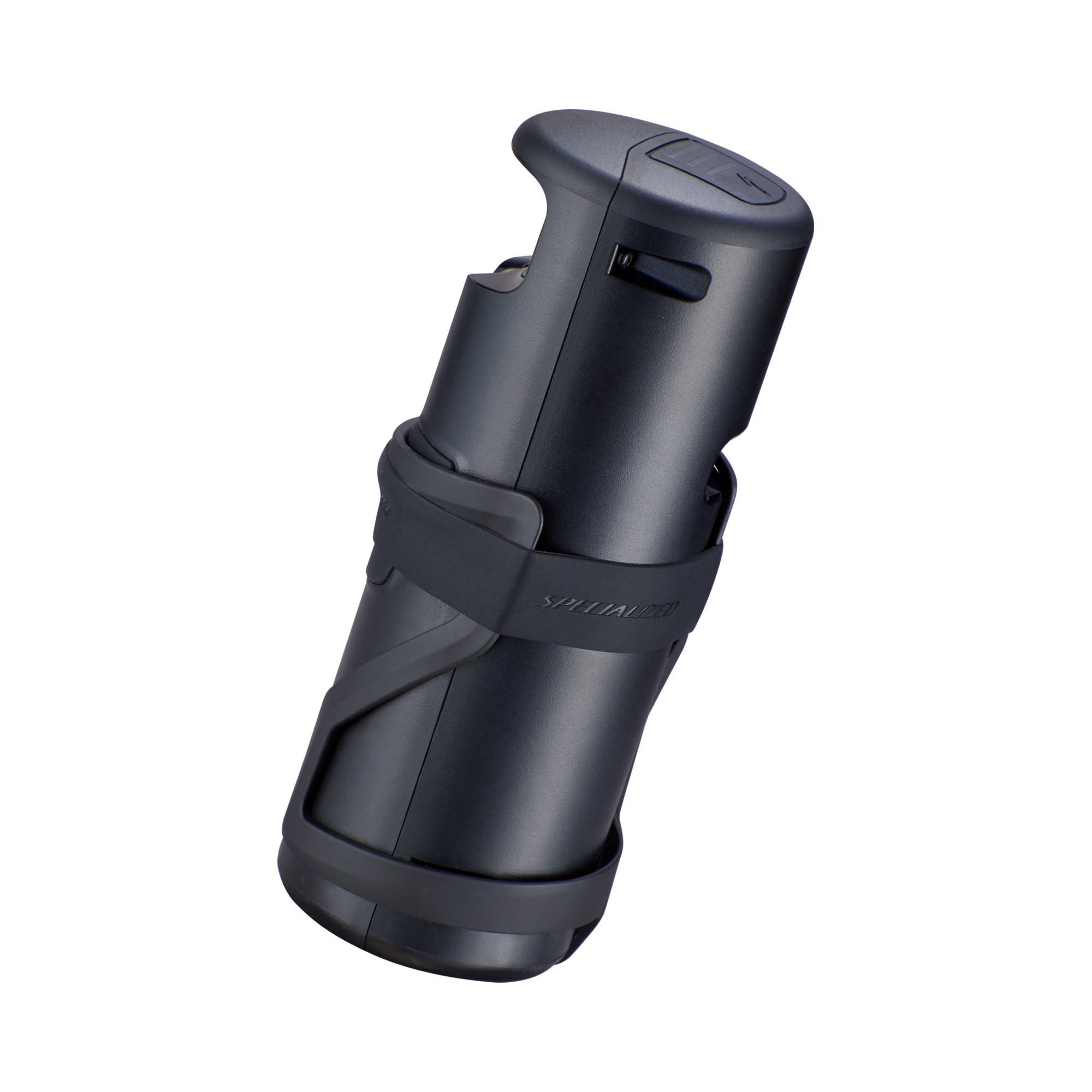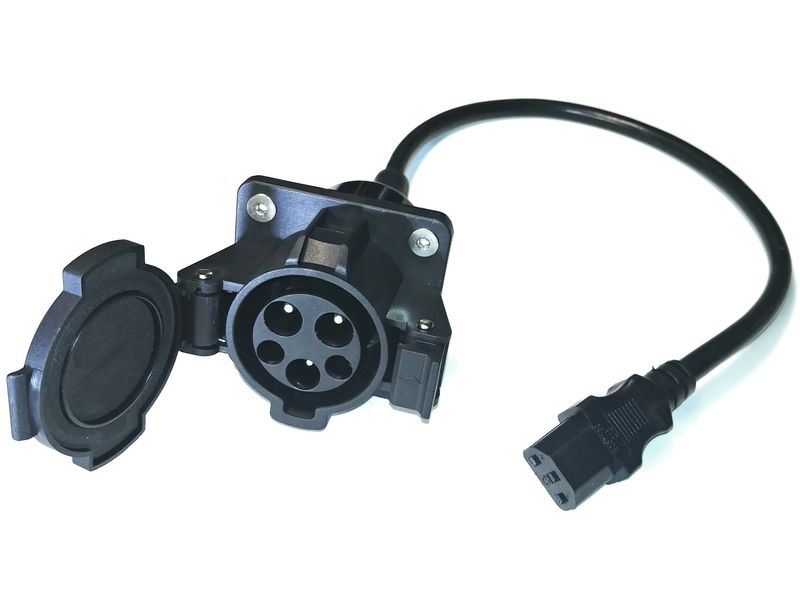Perhaps, i framed the question imprecisely. A more quantifable question for planning purposes. I am trying reason about the solution, more than calculate the answer.
- I am looking for a general ratio of human to motor power that maximizes speed and optimizes battery consumption.
- My guess is 2:1 power ratio, @ 22 mph for four hours or 88 miles
- Therefore, i will pedal 12 miles unpowered over 100 miles.
- The elapsed time is TBD.
- A 2:1 ratio is another way of expressing Eco mode.
- Therefore, I should be able to make my 105 mile trip by turing off power on the downhill sections.
- In adverse conditions, my backup plan is to recharge during lunch.
- Set three power modes to
- 05%, 17% and 33%.
- 5% rather than turing off power
- Or, roughly 20:1, 4:1 and 2:1 human to motor power ratios
- Let's simplify any parameter that upsets the ratio in a significant manner, by assuming a reasonable default,
- i.e, wind less than 5 mph.
- Excellent aerobic capacity and leg strength
The goal is determine how far i must pedal unpowered.
- I am willing to pedal unpowered for some distance ratio, depending on average powered speed.
- I am willing to stop and recharge batteries during food break(s), for some ratio of time, given average speed.
At what approximate speed range is battery consumption optimized?
- over a 100 mile course (along two rivers)
- on relatively flat terrain, i.e., both gradually gaining and losing 1,000 feet per 50 miles
- assuming 240 watts (same as motor)
- Obviously, using the capacity of both batteries for Creo SL Comp Carbon
- More parameters might be necessary?
- What recharge strategy might minimize recharge delay?
- Recharge battery from 40% to 80% ?
- I don't have a power meter for my bike, but buying one might eliminate guesswork.
- I am just trying to build a few profiles to categorize scenarios
- 15 to 20 mph
- 21 to 26 mph
- Or any meaningful speed ranges
To establish a progressive training program that eventually allows me to reach 100 miles:
- Turn around at half battery power, if distance is less than 55 miles.
- Set three power modes to 05%, 17% and 33%.
- 5% rather than turing off power
- 20:1, 4:1 and 2:1 human to motor power ratios
- At halfway point, recharge time is dictated by time needed to recharge to half capacity.
- Which head unit gives most precise or useful battery and power information?
I feel fairly confident that a fast (22mph average speed), 100 mile ride is feasible with useful information and a car charging station network.
The primary unanswered question is the best battery strategy?
- At what battery capacity level should the battery be recharged? (40%) ?
- What level should the battery be recharged to? (80%) ?
- I prefer to rely completely on the main battery, to save weight and expense.
- My guess is two stops are required, about 33 miles apart?
Hello Mike,
I will try to help you at least a little bit with some of the questions you have here from what I have learned and real world experience.
In no particular order:
-I come from the world of conversion bikes, not OEM builds and continue to work with these manufacturers/resellers of said equipment. Just wanted to mention that up front.
-Cycle Analysts from Grin Technologies is well known for not only being very customize capable but giving loads of information. I'm about to install CA's on two of my bikes for reference. A key data point I look forward to is the CA calculating in retail time the Wh/Km (or WH/Mile) consumption of the ride. Here's a link to this product for review:
The V2 Cycle Analyst was the standard bearer for a universal ebike dashboard for many many years. Unlike the V3 device, the V2 CA was meant just to monitor what was going on with the electric vehicle without playing an active role in the throttle control. However, the V3 CA can do this just as...

www.ebikes.ca
Not sure if you could adapt such a unit into your setup but wanted to let you know of it being in the market for reference.
-From Grin's website they have a wonderful tool for calculating equipment's performance (and combinations of equipment with ride details, rider power input and so on) which really opened my eyes to what I have been using (Bionx D500 motors and batteries) and what equipment I'm considering. It's known as their motor simulator:
Our ebike motor simulator allows you to easily simulate the different performance characteristics of different ebike setups - with a wide selection of hub motors modeled, and the ability to add custom batteries and controllers and set a wide variety of vehicle parameters you'll be able to see...

www.ebikes.ca
Here I was able to select my legacy Bionx Motor and rider/equipment weight details, input power from rider, grade of the ride, etc. It gave me Wh/Km estimates, optimal riding speed for each situation, estimated range, etc.
I can confirm from real world riding the simulator is quite accurate and using what I learned from it has helped me better plan my rides and usage of my batteries.
-I am a heavier rider (270lbs). The bike and motor I ride is 65lbs, add on 45lbs of batteries (5 x 11.6Ah (557 Wh) batteries) and 20lbs of fluids, food and tools comes to my 400lb total riding weight when I go out currently for long rides.
The 5 batteries = 2,785 Wh officially. I estimate I am able to use approximately 500Wh per battery as I do not run them right to empty but close to it. My Strava/Polar bike computers estimates I am outputting around 150-180 watts of power - how accurate that is I do not know but wanted to mention it.
Currently my real world experience is with my 400lb total riding weight, 2,500 Wh of capacity to a 500W (nominal)/50nm Hub motor with my input at 150-180 watts = 135-150km (83-93 miles) rides with 900-1,300M of elevation change typically in my riding area.
-Charging times - the fastest charger I have seen in my research is the Grin Satiator which can safely push 8 Amp/360 watts into a 48V battery. There may be slightly higher capable chargers - I have seen 10 Amp and 12 Amp @ 48 Volt options from China websites like AliExpress but no confirmed details on them.
Again, my knowledge is limited but wanted to share. At 360 Watts the charger would of provide 360Wh per 1 hour of charge time. Once you know how many Watts your charging system is inputting to your battery you would then be able to calculate your charging time for XXX Wh - i.e. roughly 2 hours for 720 Wh if your charger can input 360 Watts for example.
-My experience with lithium batteries, even at my heavy total riding weight and typical 5-8% grade hills (at most I have seen 12-14% grades in my area) the Voltage 'Sag' really impacts my ability to hill climb once I'm below 30%. Below 15% I'm climbing at 1/2 (or less) the speed I would be with a more charged battery.
Knowing my routes fairly well now I will keep going on a battery below 20% right down to 5% if there is no significant hill climbs, squeezing out those extra few kms/miles, extending my ride as far as possible. Once below 20% (I have 48V batteries to mention) and I see a big hill climb ahead - I will typically swap batteries at this point if possible.
-Charging 'speed' of lithium batteries from what I have read is steady from 5% to 90% for sure. From 90% to 100% the experience of lithium batteries is you're 'packing the last bit in' and perhaps may slow the charging (not sure but worth looking into) - and as you will see in other threads - if you can charge batteries to 90% versus 100% you extend their cycles/lifetime to your benefit. Just something to keep in mind for all you are calculating.
-I typically ride at 25-42kmph, 15-26mph for reference.
On a last personal note, a goal I have set this year is to start enjoying 3 day bike camping trips. My plans it to tow behind me a small trailer (Burley Coho XC) with full camping setup and ride out to a destination somewhere around 100-200kms away (building a new bike for longer range riding is part of this summer's plan as well, currently in progress).
Set up camp for the night at a site with hydro. Charge the bike overnight. Enjoy a full day of camp site activities and let my legs/back fully recover. Day 3 with fully (90% or 100% depending on the distance home, lol) ride back to my home and get ready for the work week ahead.
Knowing I will only be able to operate at most (safely) 2 x 300 watt chargers off the shared power at a camp site, I will need the 12-18 hours of overnight (minimum) to be sure I can recharge my batteries if they are mostly depleted.
Staying the full extra day lets my body itself recharge as well and of course actually enjoy the camp site life for a day, not just ride out and ride back.
Long term (2021, perhaps 2022) I am considering multi-day bike camping trips going from site to site, recharging each night I stay over. The challenge will be deciding to pack up and ride every day or double the length of the trip by staying at each camp site for the extra day every time I stop - either way I know I would enjoy such trips when I'm ready for them. My hope is to reach 1,000, maybe even 2,000kms on a single trip out from home when I do.
Hope this helps. Look forward to your thoughts/reply.
Cheers
Shaun






